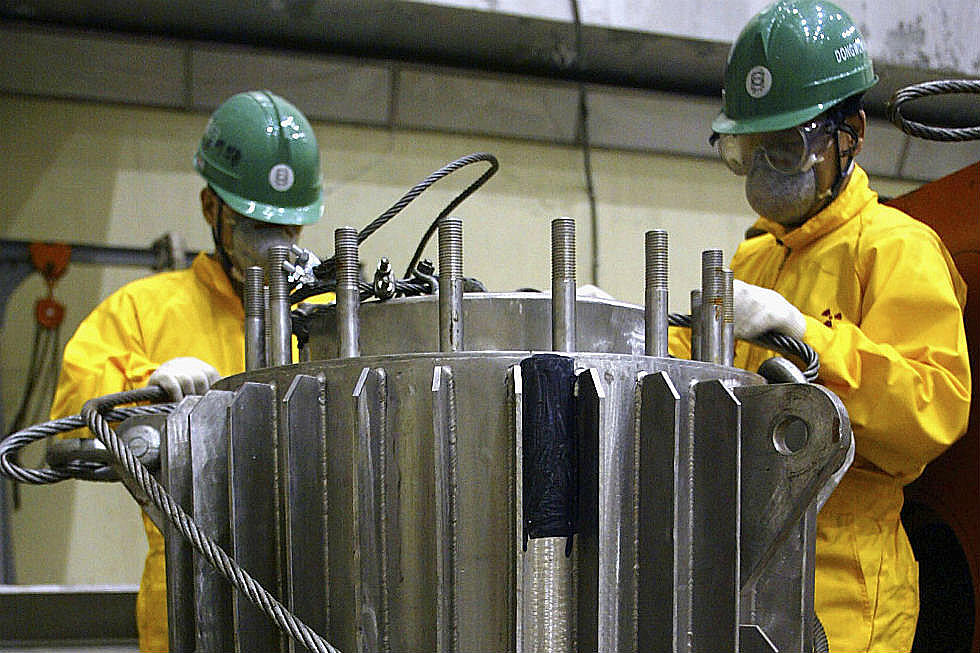
Mountain States’ Leading Economic Indicator Climbs: Inflation Cools
~~~By Ernie Goss~~~
June survey results at a glance:
· Leading economic indicator rises again.
· Pullback in inflationary pressures.
· New export orders drop for the month as concerns mount over Europe's problems.
· Less than ten percent expect big negatives from health care reform.
· Only 4 percent expect a return to a recession in 2013.
Denver, CO – For the 32nd straight month, the overall index for the Mountain States region, a leading economic indicator for the three-state area of Colorado, Utah and Wyoming, advanced above growth neutral 50.0. The national index has risen above growth neutral for 34 consecutive months (www.ism.ws) but has remains lower than the regional reading.
Overall Index: The overall index, or Business Conditions Index, which ranges between 0 and 100, rose to 57.2 from 56.0 in May. An index of 50.0 is considered growth neutral. The overall index is a mathematical average of indices for new orders, production or sales, employment, inventories and delivery lead time. This is the same methodology used by the national Institute for Supply Management.
“Although businesses that we survey continue to benefit from healthy farm and energy income, recent gains in the value of the U.S. dollar and global economic problems are likely to weaken this growth in the months ahead. The stronger dollar tends to make U.S. goods less competitive abroad and push energy and agriculture commodity prices lower” Goss Institute for Economic Research Director Dr. Ernie Goss said today.
This month supply managers were asked the biggest negative hurdle facing their firm in the next year. Approximately 9 percent reported that the implementation of healthcare reform was the number one negative factor ahead for their company. Another 43 percent indicated that the European economic turmoil represented the largest economic headwind for their company while 13 percent and 26 percent, reported that the housing market and slow wage growth, respectively, were the biggest economic obstacles for their company. The remaining 9 percent think the end of the "Bush" tax cuts at year's end represents the number one threat to their company's 2013 success.
The Goss Institute conducts the monthly survey for Supply Management Institutes in the three states comprising the Mountain States region. Goss also directs Creighton University’s Economic Forecasting Group and is the Jack A. MacAllister Chair in Regional Economics (http://www.ernestgoss.com/aboutus.html).
Employment: The employment index once again climbed above growth neutral. The hiring gauge advanced to a healthy 63.0 from May's 62.9. “The Mountain States region continues to outperform the U.S. in terms of job growth. While the region accounts for approximately 2.9 percent of the nation’s employment, it has contributed more than 4.2 percent of 2012 U.S. job additions. Based on our survey results, this regional advantage should continue for the near term or 3 to 6 months. Even so, job gains for the rest of 2012 for the Mountain States will be down from that experienced in the first half of 2012 but remain positive,” said Goss.
In the June survey, supply managers were asked if the Obama Administration should initiate another economic stimulus program. Almost three fourths, or 74 percent, said absolutely not. Only 13 percent said yes, with the remaining 13 percent unsure.
Wholesale Prices: The prices-paid index, which tracks the cost of raw materials and supplies, slumped to 62.4 from May's 65.7. “Slower economic growth, European economic turmoil, and a stronger dollar are all contributing to declining inflationary pressures. The degree to which inflationary pressures have cooled has surprised me. This is an important signal and indicates that the Federal Reserve (Fed) can become more aggressive in its stimulation of the U.S. economy without any significant inflation fears. However given current short and long term interest rates, there is little the Fed can do to push growth higher especially with the national elections ahead. The last thing the Fed wishes to do is enter the political fray by abruptly changing policy,” said Goss.
Business Confidence: Looking ahead six months, economic optimism, as captured by the business confidence index, declined to 53.4 from 58.9 in May. “European economic turmoil continues to whittle away at economic confidence especially for those firms in the energy sector or closely linked to the energy sector,” said Goss.
Inventories: Supply managers in the three-state region added to inventories of raw materials and supplies for the month. The index expanded to a surprisingly strong 60.9 from 56.7 in May. “This is the 31st straight month that we have recorded inventory growth. Healthy inventory growth signals that supply managers expect production expansions in the months ahead. I expected the index to decline given slumping confidence,” said Goss.
Trade: June’s export reading for the Mountain States region plummeted to 47.5 from 48.4 in May. At the same time, June imports decreased to 52.8 from 53.7 in May. “Given the importance of exports to regional growth over the past year, this pullback in exports is a significant problem if this trend continues. On the other hand, the stronger dollar and somewhat slower regional growth have pushed import growth lower. I expect weak trade numbers in the months ahead for the three-state region,” said Goss.
Other Components: Other components used to calculate the overall index for June were new orders at 53.8, up from May's 53.0; production or sales at 53.8, up from 52.9; and delivery lead time at 54.5, down from 54.7 in May.
The Institute for Supply Management, formerly the Purchasing Management Association, has been formally surveying its membership since 1931 to gauge business conditions (www.ism.ws). The Goss Institute uses the same methodology as the national survey. The overall index, referred to as the Business Conditions Index, ranges between 0 and 100. An index greater than 50 indicates an expansionary economy over the course of the next three to six months. The overall index is a mathematical average of new orders, production or sales, employment, inventories and delivery lead time.
The Creighton Economic Forecasting Group has conducted the monthly survey of supply managers in Colorado, Utah, and Wyoming since 1994 to produce leading economic indicators of the Mountain States region. The Goss Institute assumed operation of the survey in August of 2008, working with NAPM-Utah (www.napmutah.org) and NAPM-Western Wyoming (http://www.ism.ws/sites/westwyoming/index.htm).
Colorado: The state’s leading economic indicator, based on a monthly survey of supply managers in the state, rose to a healthy level for June. The overall index, termed the Business Conditions Index, for June climbed to 58.6 from May's 55.7. Components of the Business Conditions Index for June were new orders at 56.3, production or sales at 56.9, delivery lead time at 52.1, inventories at 60.9, and employment at 66.9. “Colorado’s job additions for 2012 are 10,000 greater than for the same period in 2011. Both durable and nondurable goods manufacturers in Colorado are benefiting from healthy expansions in energy income. However given the direction in exports and the value of the U.S. dollar, I expect second half Colorado job growth to be down from that experienced in the first half of the year. Nonetheless, it will continue to be positive and above that of the nation,” said Goss.
Utah: The state’s overall index, or Business Conditions Index, a leading economic indicator, once again moved above growth neutral 50.0. Based on the monthly survey of the membership of ISM-Utah (www.napmutah.org), the overall index increased to 55.5 from 55.3 in May. Components of the Business Conditions Index for June were new orders at 51.7, production or sales at 56.9, delivery lead time at 52.1, inventories at 60.9, and employment at 66.9. “While 2012 employment growth has been positive for Utah, it is down by 4,000 jobs from the same period for 2011. Very healthy manufacturing economic activity has been offset by somewhat weaker growth in the state's energy sector,” said Goss.
Wyoming: The state’s leading economic indicator from a survey of supply managers in the state climbed above growth neutral for the 32nd straight month. The index, termed the Business Conditions Index, slumped to 55.7 from 56.5 in May. Supported by NAPM-Western Wyoming (http://www.ism.ws/sites/westwyoming/index.htm), surveys over the past several months point to slower but positive economic growth for the state economy for the next 3 to 6 months. Components of the overall index for June were new orders at 48.8, production or sales at 49.5, delivery lead time at 58.6, inventories at 67.2, and employment at 54.6. “While 2012 employment growth has been positive for Wyoming, it is down by 1,600 jobs from the same period for 2011. While non-durable manufacturing continues to expand at a healthy pace, durable goods manufacturers, especially those tied to international markets or energy, are experiencing pullbacks in growth,” said Goss.
July results will be released on the first business day in August which is August 1.
For historical data and forecasts, visit our website at:
More From KGAB









